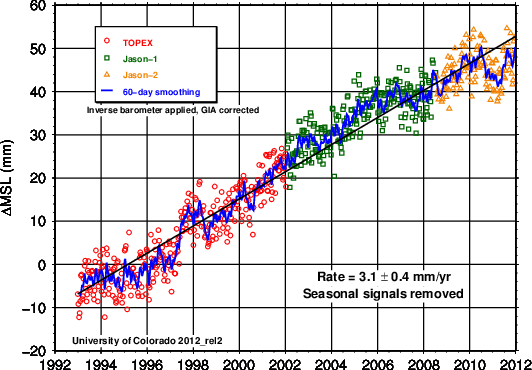The rate of isostatic rebound depends on the rigidity of underlying rocks and the loading history and, therefore, reflects the regional geology and the paleoclimate. Rebound rates are determined by dating organic materials, such as wood or bones, associated with former sea levels. Because such materials are not ubiquitous, this approach has limited applicability and resolution.
There is another approach based on accumulation of cosmogenic chlorine-36 in paleo beaches gradually exposed at the surface due to post glacial emergence.
Isostatic uplift.
Isostatic uplift: rise in the level of the land relative to the sea caused by the relaxation of Ice Age conditions. It occurs when the weight of ice is removed as temperatures rise, and the landscape is raised up to form raised beaches. Isostatic uplift includes the gradual uplift following rapid erosional removal of material from a mountain range. The land rises as a result of the removal of the weight.
The modeling shows that weak to moderately strong lithosphere (effective elastic thickness, Te = 1-25 km) and strong lithosphere (Te = 100 km) are all consistent with the observed amounts of rebound. Strong lithosphere must be broken, however, to be consistent with the field data. It would be expected that denudational isostatic rebound would be an even more significant component of long-term landscape evolution in areas of higher denudation rates.
Glacial Isostatic Adjustment (GIA).
The correction for glacial isostatic adjustment (GIA) accounts for the fact that the ocean basins are getting slightly larger since the end of the last glacial cycle. GIA is not caused by current glacier melt, but by the rebound of the Earth from the several kilometer thick ice sheets that covered much of North America and Europe around 20,000 years ago.
Global Mean Sea Level (GMSL).
 Global Mean Sea Level Time Series (seasonal signals removed).CU Sea Level Research Group
Global Mean Sea Level Time Series (seasonal signals removed).CU Sea Level Research Group

